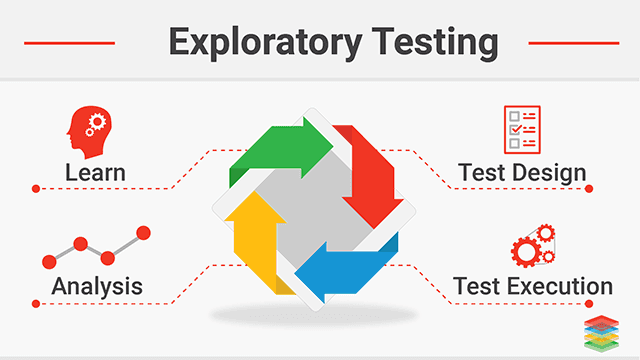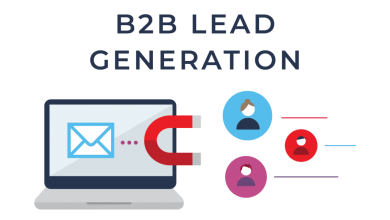Different Phases Involved in Workday Testing

Workday testing is the foundation of any enterprise’s operations and employee productivity. Companies spend time on workday testing as it ensures full audit compliance and a smooth user experience. Workday testing is the key for businesses that leverages the benefits of the ERP platform. Enterprises that use workday testing can analyze how their internal and third-party applications interact and integrate. The internal teams and how end-users use the applications are two indicators that will determine the success or failure of business productivity in Workday Testing. It ensures that all the critical processes in the business are working as expected. The workday application gives a superior user experience and a better ROI. Therefore, Workday testing helps a business to become successful in its operations.
Table of Contents
Different Phases in Workday Testing
-
Unit Testing / Confirmation Sessions
Unit testing is the first round of Workday testing. It reviews and tests each configuration component to ensure that each unit performs its assigned function independently of other units. It serves as a check that the configuration conforms to design requirements. Unit testing or confirmation sessions are the first phases of Workday testing that are both accurate and reliable.
-
End-to-end Testing (E2E)
This is the second phase of Workday testing. The main purpose of end-to-end testing is to ensure the proper flow of operations between various systems, multiple functions, and integrations. It is designed to verify the systems and functions. The E2E testing continues the verification of the converted data and also verifies the results of operations. This phase of Workday testing runs through all the functions to ensure the system is working to meet the business requirements. It also ensures that it does not adversely impact the parts of the system that are not changing. It verifies deployed configurations, processes, and integrations.
-
User Acceptance Testing (UAT)
This is the third phase of Workday testing. The User Acceptance Testing is designed to confirm that the users or experts are confident in their ability to perform their daily tasks using Workday testing. It can explain the system to general end-users. By this phase, all processes should be stable.
-
Parallel Testing
Parallel testing ensures that the payroll processes and integrations are correctly matched in the result. The differences in the results of the two systems are identified and analyzed. The parallel Testing team will include integrations and payroll staff. They play an active role in entering, processing, sending, and validating payroll-related data and inputs. This is the last phase of Workday testing. It performs functions and comes up with an effective solution at the end of the test.
All about the Opkey Company
Opkey leverages pre-built business components and security configurations to quickly retrofit 85% of your test cases. Opkey reduces 90% of the risks associated with data exposures and changes. The pre-built tests detect hidden vulnerabilities through fast and accurate automated testing. Opkey’s Workday test automation completes upgrade testing in two days, and it helps the businesses spend plenty of time implementing new features. Opkey can identify risks associated with post-configuration changes to the Workday system.
Follow TechWaver or more!


